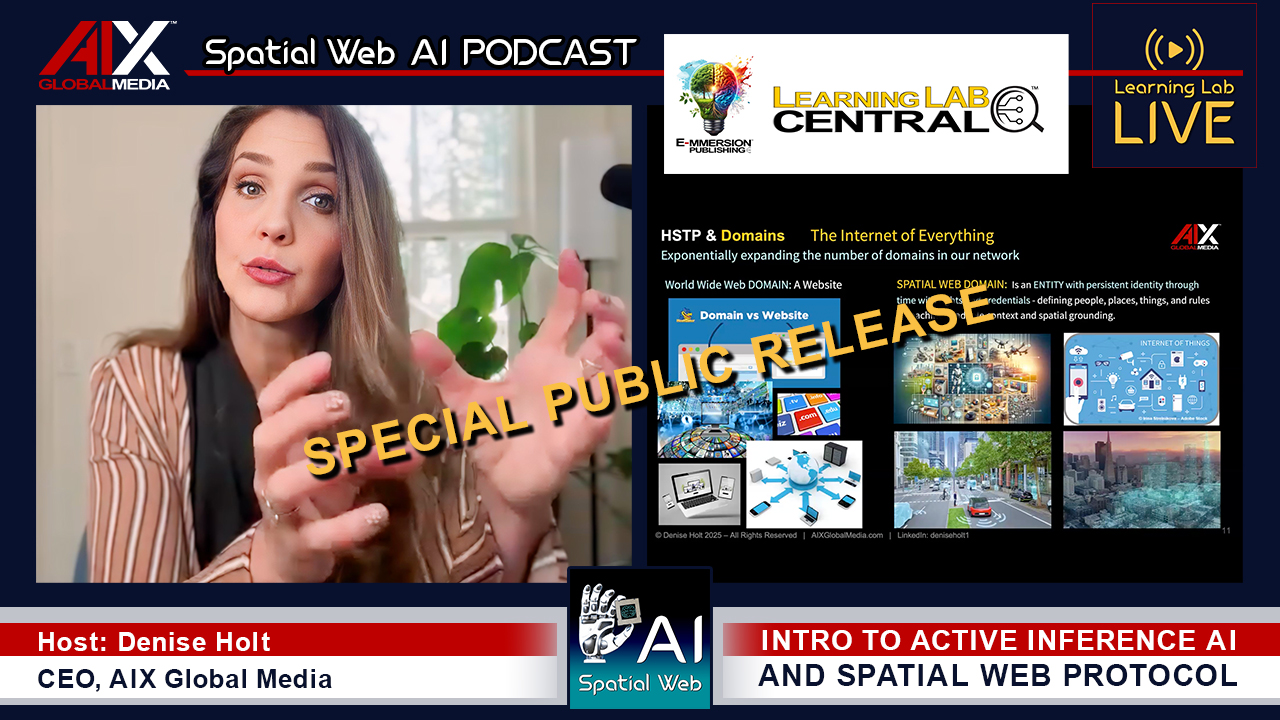
The convergence of two groundbreaking technologies is reshaping how we think about AI, automation, and intelligent systems, affecting every industry...

Enter The Spatial Web Foundation and VERSES AI, a next-gen AI company that is literally laying the foundation for the Spatial Web Protocol by establishing and defining an entirely new computing technology stack comprised of three tiers: Interface, Logic & Data.
The Interface Tier blends spatial computing experiences, merging AR & VR experiences with our physical world. VERSES has created the Hyperspace Transaction Protocol (HSTP), using Hyperspace Modeling Language (HSML), as the foundation for a common networked terminal, to bring all the interface tier components together in order to facilitate an indexed and searchable Spatial Web Browser of every person, place or thing, both real and digital.
As Dan Mapes of VERSES points out, “HTML lets you program a web page – HSML lets you program a web space.”
The Logic Tier enables the parsing of this huge amount of new spatial & UX data through cognitive computing methods, powered by VERSES’ flagship contextual computing AI Operating System called, KOSM™.
VERSES AI is Blockchain agnostic which means you can use multiple chains and even operate a hybrid data layer using both DLT technologies and the cloud.
This brings us to the Data Tier.
In a world where it will become more and more challenging to decipher between real and digital experiences (think, deep fakes), trust and verification will become paramount to our security.
Distributed Ledger Technologies like Blockchain offer a “trust-less” cryptographically secure architecture. In DLTs, there is no need for any third-party entity, such as a corporation or government, or even attorney or accountant, to act as a trusted central authority figure. DLTs provide us with a real opportunity to shift data sovereignty, control, and security into the hands of individuals.
Smart Contracts, at the heart of DLTs, are a programmable set of rules, stored on Blockchains, and run when certain pre-determined conditions are met. These automated, self-executing & immutable strings of code are recorded onto Distributed Ledger Blockchains, securing transactions & agreements by replacing static documents and the need for third party mediation.
Through intelligent automation, Smart Contracts secure the management of property rights, spatial rights, proof of origination, verifiable traceability, and auto-execution of payments and transfer of assets, providing security, protecting privacy, and allowing risk-free interoperability — all essential to a favorable and prosperous augmented and networked Web 3.0 experience.
Special thanks to Dan Mapes, President and Co-Founder, VERSES AI, and Director of The Spatial Web Foundation. If you’d like to know more about The Spatial Web, I highly recommend a helpful introductory book written by Dan and his VERSES Co-Founder, Gabriel Rene, titled, “The Spatial Web,” with a dedication “to all future generations.”
++ This is Part 3 of a four part series titled, “The Spatial Web is Coming… Is Web 3.0 Ready?”
Read more in Part 4 to find out how to stay ahead of the curve, and why it is critical for everyone to be included in this new network.
Missed Part 1? Find it here.
All content on this site is independently created by Denise Holt. If you enjoy this content, please consider supporting my efforts at patreon.com/SpatialWebAI

The convergence of two groundbreaking technologies is reshaping how we think about AI, automation, and intelligent systems, affecting every industry...

On 29 May 2025, the IEEE Standards Board cast the final vote that transformed P2874 into the official IEEE 2874–2025...

Explore the future of agent communication protocols like MCP, ACP, A2A, and ANP in the age of the Spatial Web...
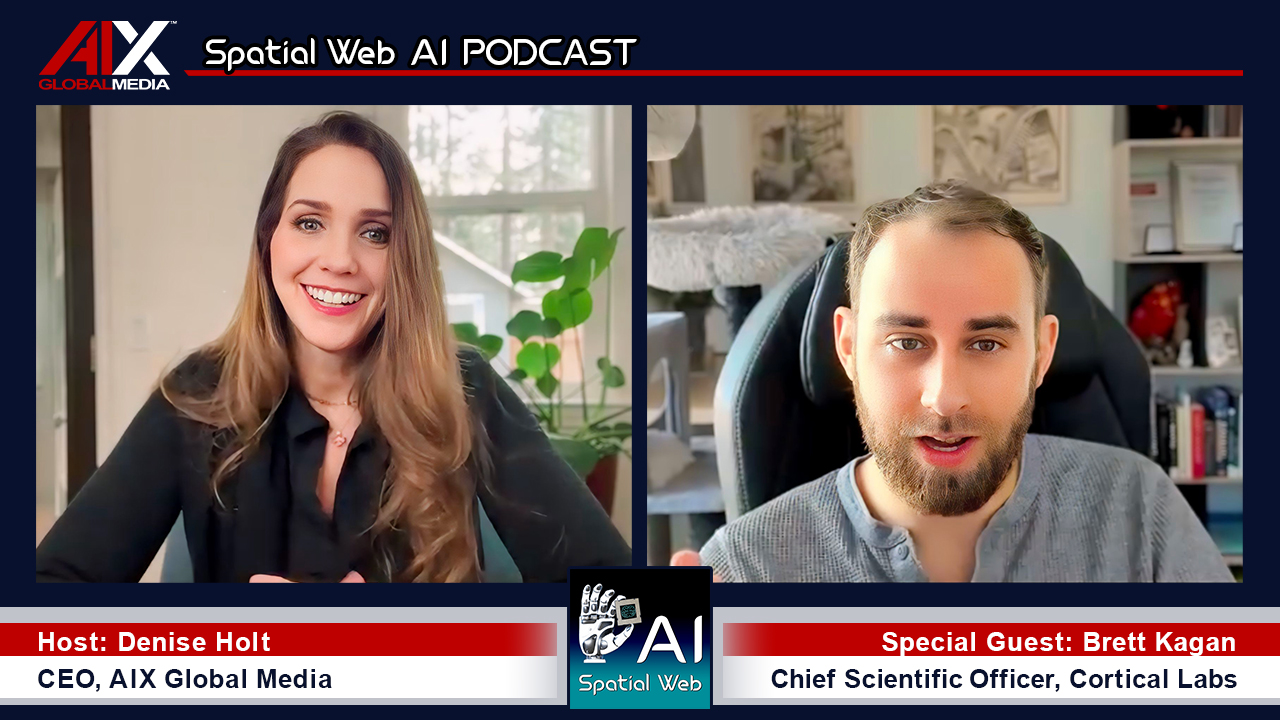
Fusing neurons with silicon chips might sound like science fiction, but for Cortical Labs, it represents what's possible in AI...
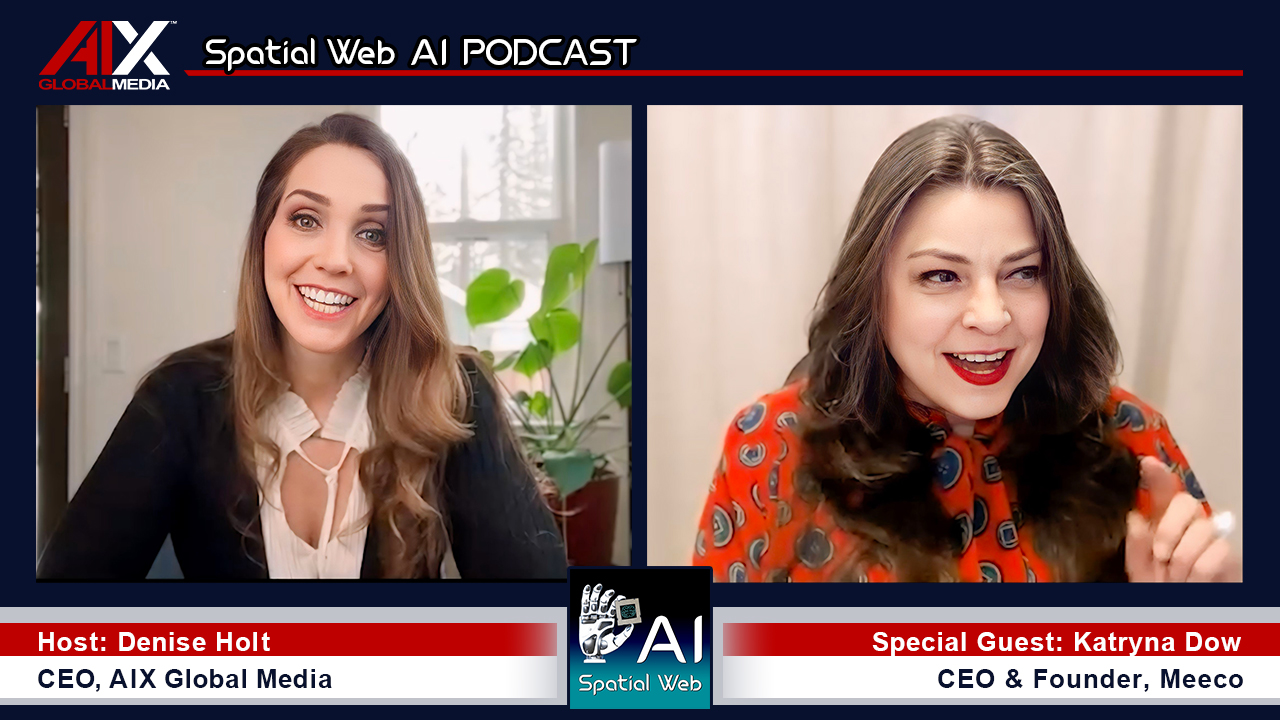
Ten years ago, on March 31, 2015, I interviewed Katryna Dow, CEO and Founder of Meeco, to discuss an emerging...
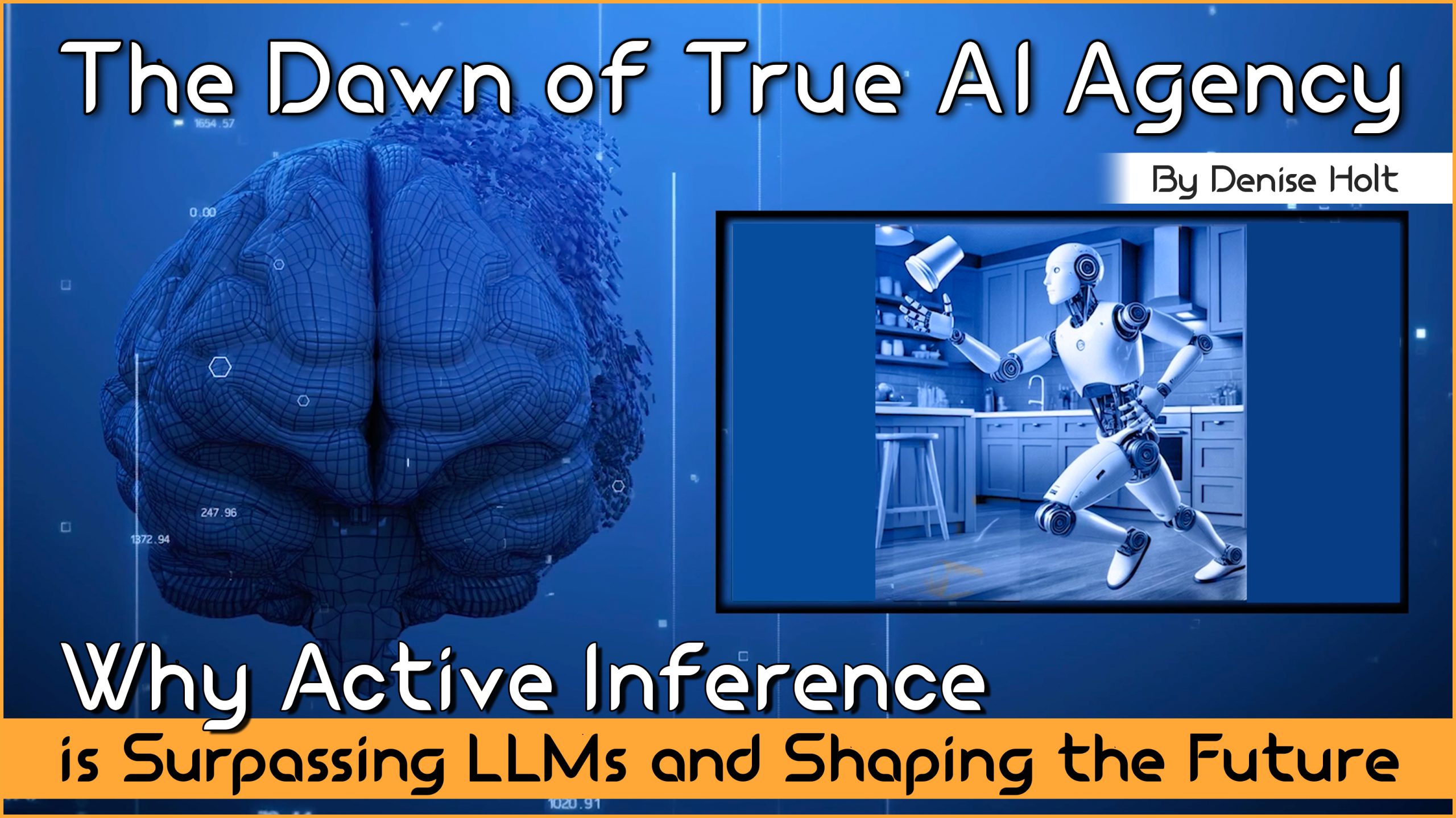
We stand at a critical juncture in AI that few truly understand. LLMs can automate tasks but lack true agency....
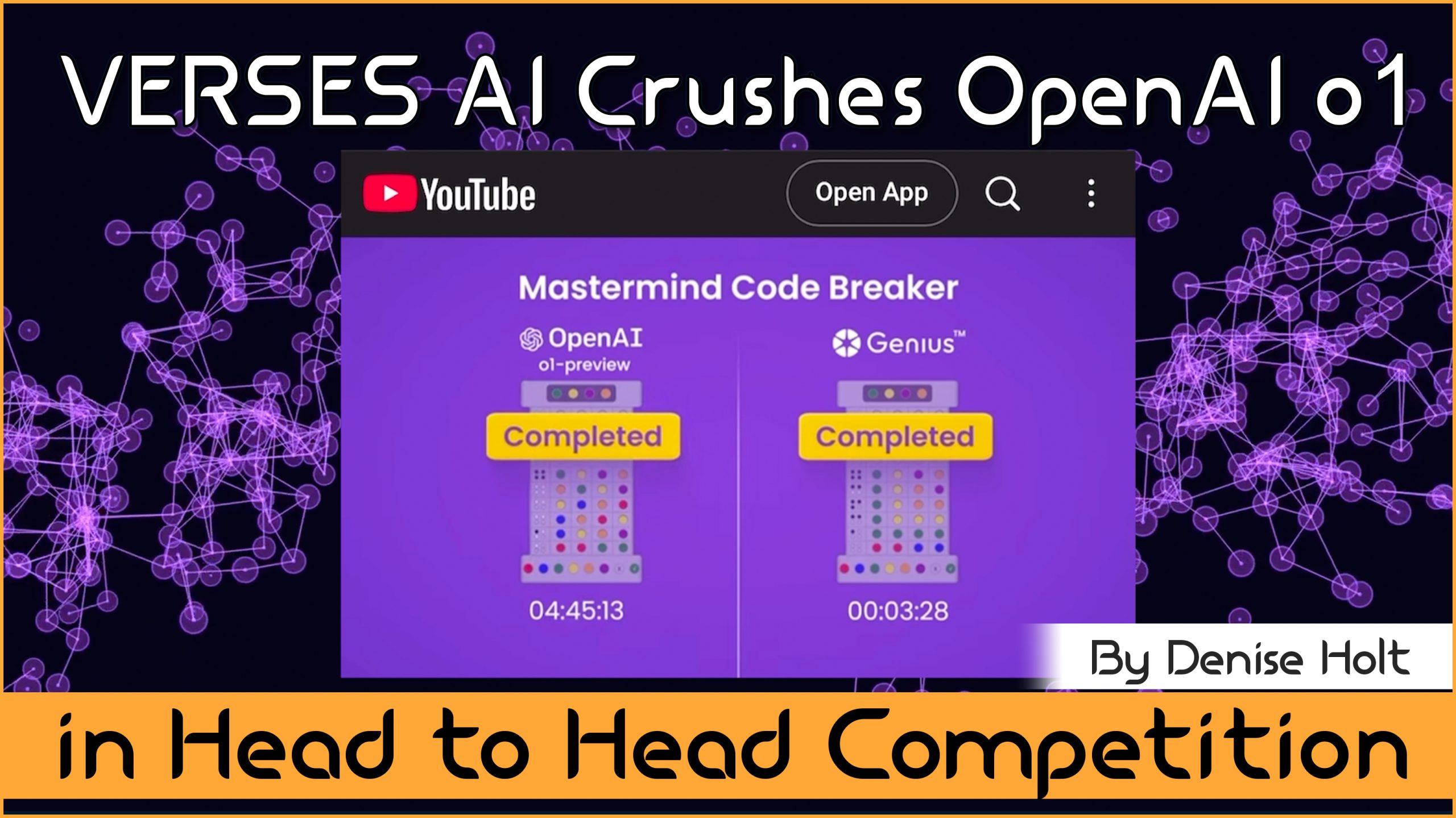
VERSES AI 's New Genius™ Platform Delivers Far More Performance than Open AI's Most Advanced Model at a Fraction of...
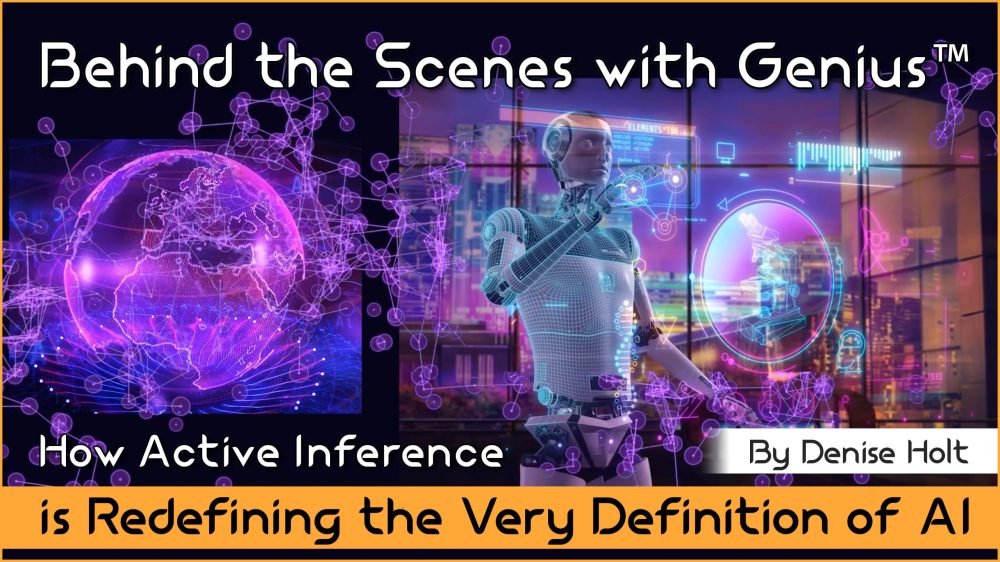
Go behind the scenes of Genius —with probabilistic models, explainable and self-organizing AI, able to reason, plan and adapt under...

By understanding and adopting Active Inference AI, enterprises can overcome the limitations of deep learning models, unlocking smarter, more responsive,...